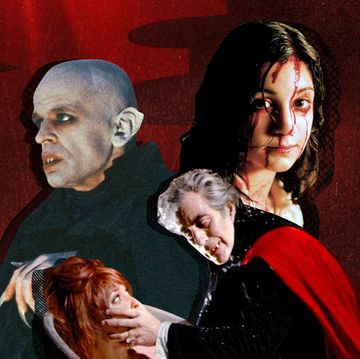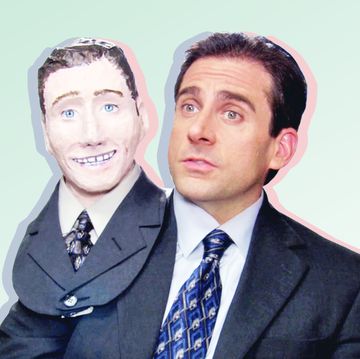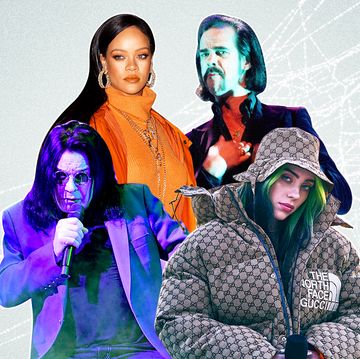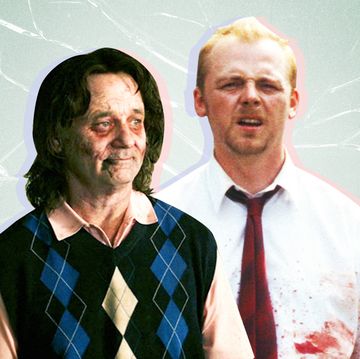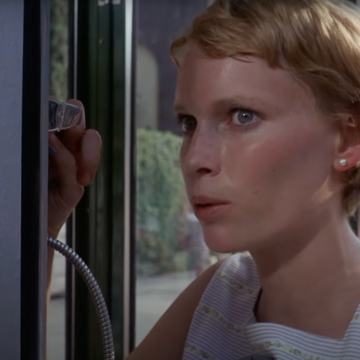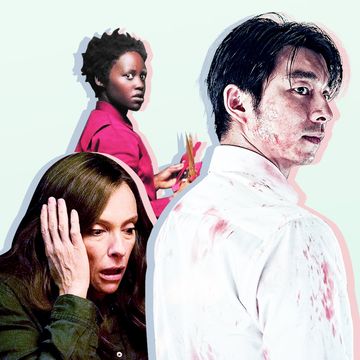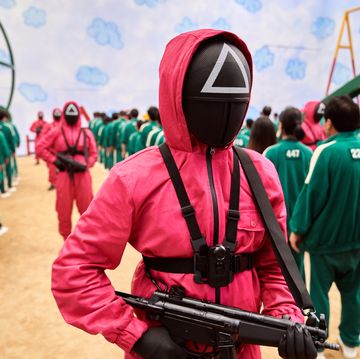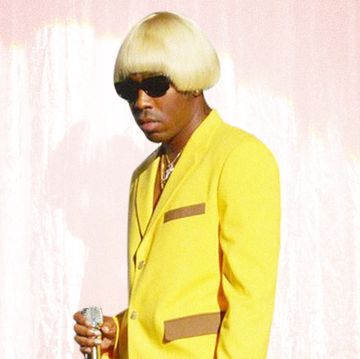The single greatest piece of Halloween candy is the candy corn.
This claim may cause some of you to roll your eyes or even recoil with disgust. How could candy corn, those yellow, white, and orange triangles of congealed diabetes, be held above Twix, Butterfinger, Snickers, or any of the other modern "treat" staples? Well, it is. You're all wrong. Candy corn is the greatest.
Now, candy corn doesn't sit atop the hierarchy of Halloween candy because it tastes better than what else is out there. There's no way a candy designed over 100 years ago can compete with those that came of age after caramel injection and peanut butter filling technology had been developed. Give me a choice between candy corn and a Reese's in June, and I'll pick the chocolaty PB cup every time. But we're not talking about summer candy.
Candy corn is purely a seasonal delight, and it's relevant only during the tail end of October because its essence is inextricably linked to that of Halloween, and that essence is sugar. The candy corn leaves it nowhere to hide. In fact, it basically is sugar, made just palatable enough with a little vanilla flavoring and marshmallow crème so that it's able to pass for something that can be eaten without (too much) remorse. Its beauty is in its simplicity. To eat one is tantamount to swallowing a pill of Halloween itself.
Unfortunately, this simplicity has been corrupted time and time again, which may be partly responsible for the candy corn's not-so-sweet reputation. There are the bulbous candy corn pumpkins, which contain a little too much essence. There are the chocolate-instead-of-vanilla-tipped candy corns, which throw off the delicate balance of flavors in the original. There are even, tragically, candy corn Oreos. I shouldn't need to elaborate on why these are an abomination.
The original candy corn, though, the one developed by George Renninger of the Wunderlee Candy Company in the 1880s is, simply, a classic. And there's a reason this original has persisted through two World Wars, '60s counterculture, and the dawn of the Internet. There's a reason each and every Halloween, we somehow end up eating a handful or two despite never actually purchasing a bag ourselves.
We do this because candy corn is Halloween. For a few weeks out of the year, in its own way, it's ubiquitous. You can't say the same for Krackels, Mr. Goodbars, Milky Ways, or other more popular options. They package ingredients we love in creative ways and play to our tastes, but they're all variations of the same design, and no one can be held above any other. Once the paper skeletons and inflatable pumpkins are removed from our lawns, these candies move on as well, holding their place as impulse purchases at CVS through the winter and into the spring.
But candy corn knows its place. A staple of Halloween and only Halloween, it's comfortable hanging back, permanently tethered to October and all of our associations that come with it, of which it is one of the most enduring itself. It will be waiting there for us every year. Maybe even in the same rolled-up bag—there have to be a lot of preservatives in those things.


